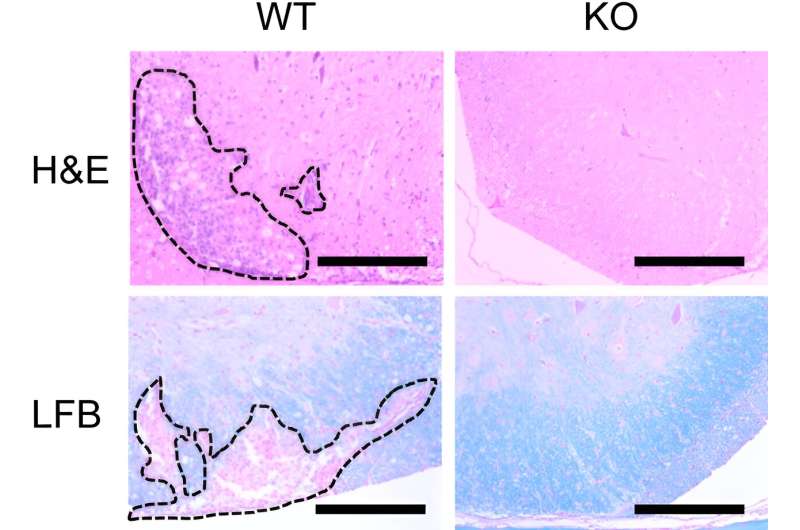This article has been reviewed according to Science X's editorial process and policies. Editors have highlighted the following attributes while ensuring the content's credibility:
fact-checked
trusted source
proofread
Key protein linked to immune disorders

A new study has shed light on the importance of the protein STAP-1 in activating certain immune cells. Understanding the role of STAP-1 in these cells could give researchers a better glimpse into immune-related disorders and ways to treat them.
The researchers found that STAP-1 plays an important role in the activation of T cells, which are white blood cells that play a critical role in defending the body against infections and maintaining overall health. T cells are adept at recognizing foreign molecules that trigger an immune response (antigens) and mounting targeted responses to eliminate pathogens, such as bacteria and viruses.
The study, published in The Journal of Immunology, investigated how STAP-1 influences immune response. The researchers showed that it acts as an intermediary, facilitating communication between different proteins within the cells and enabling the transmission of signals from one molecule to another.
"Our findings provide valuable insights into the molecular mechanisms underlying T cell activation and the development of immune disorders," says Tadashi Matsuda, a Hokkaido University professor who led the study. "We found that STAP-1 plays an important role in regulating immune responses, particularly in the activation and functioning of T cells."
T cells need two signals to become activated and initiate an immune response. The first signal involves the recognition of antigens presented by other cells, known as antigen-presenting cells. The antigens are recognized by the T cell receptor, a protein complex found on the surface of T cells. The second signal consists of co-stimulatory signals provided by molecules on the antigen-presenting cells.
The researchers found that STAP-1 helps T cells communicate and respond to signals, particularly those triggered by the T cell receptor. T cells lacking STAP-1 had trouble receiving and transmitting signals properly, reducing the production of certain immune molecules called cytokines. Cytokines can cause inflammation or autoimmune diseases, in which the immune system mistakenly attacks healthy tissues and organs.
The team also found that STAP-1 interacts with other proteins involved in T cell signaling, forming a complex network that helps regulate T cell activity. They observed that cells lacking STAP-1 had less inflammation in models of diseases like multiple sclerosis and asthma, suggesting that STAP-1 may be involved in the development of these conditions.
These findings represent a significant step toward understanding immune system regulation. Future research can build on this work by exploring the potential of STAP-1 as a therapeutic target for treating immune-related disorders.
More information: Kota Kagohashi et al, Role of Signal-Transducing Adaptor Protein-1 for T Cell Activation and Pathogenesis of Autoimmune Demyelination and Airway Inflammation, The Journal of Immunology (2024). DOI: 10.4049/jimmunol.2300202




















